Can Biohome Ultimate Make Nitrates Read 0
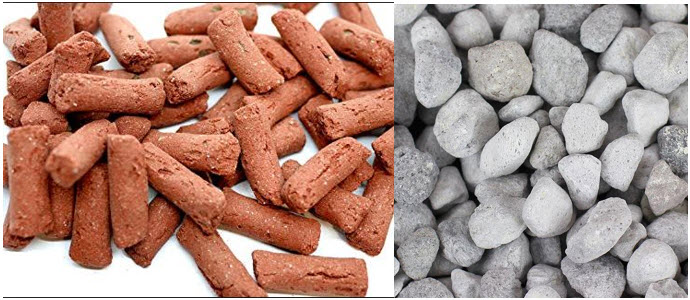
Many people brand the claim that their nitrates went down significantly later on six to ten months of using Biohome Ultimate™ or De*Nitrate™ (a smaller sized Matrix), the two main media claiming to do anaerobic decomposition of nitrate to nitrogen. The familiar refrain is: "After six months my nitrate levels had gone down from 80 to 20 in the aquarium with 25 fish".
A year long exam of these claims was prepare up and this test clearly proved no denitrification takes place with these media. And a thorough search of the literature showed that it is impossible for these media to work for no less than six sound scientific reasons, whatsoever 1 of which will prevent any denitrification.
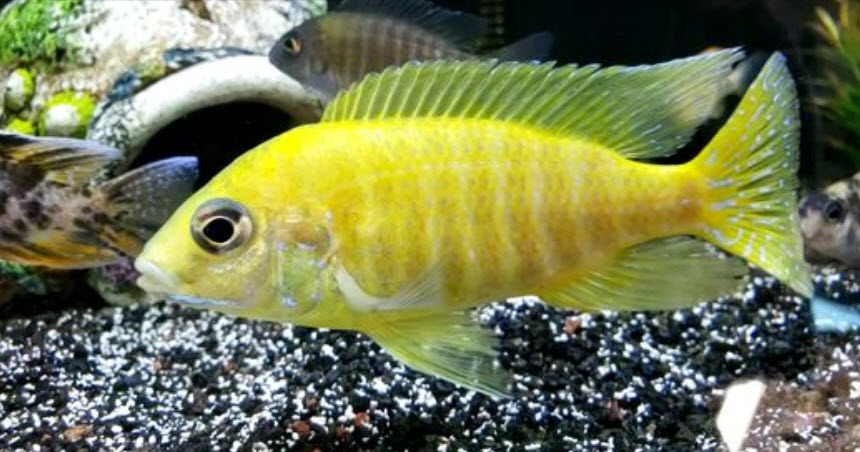
Test Abstruse
Seachem and Biohome (the originator and benefactor of Biohome is the charlatan "the Pondguru") claim their biomedia removes nitrates from the aquarium by anaerobic denitrification. So four identical aquariums were set up with four media to test these claims over the span of one twelvemonth.
Two of the media were supposedly "denitrifying media" (Biohome Ultimate™ and Seachem De*Nitrate™ [identical to Matrix™ ]) and two of the media couldn't possibly do denitrification (plastic pot scrubbers and Eshopps plastic bioballs). As a side examination ii additional media designs which claim to do denitrification were added to the BioHome and De*Nitrate tanks: CerMedia Marine Pure™ ceramic cake Bio-Filter Media and a Biocenosis basket.
Both moderate flow and very deadening flow filters were prepare with the media. The results showed no departure in the nitrate levels of the iv tanks afterwards one yr or at any indicate in the twelvemonth. This shows the two denitrifying media did not denitrify ANY nitrate into nitrogen gas.
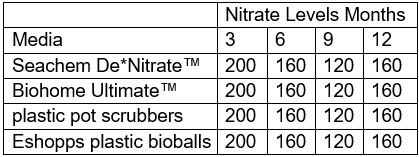
Note that nosotros similar to run tests which anyone can easily duplicate in their abode. This is non one of those tests. The media was expensive and the trial was long. Sorry! Simply note that we did go along the examination simple enough that anyone who wanted to tin can easily indistinguishable in their dwelling house.
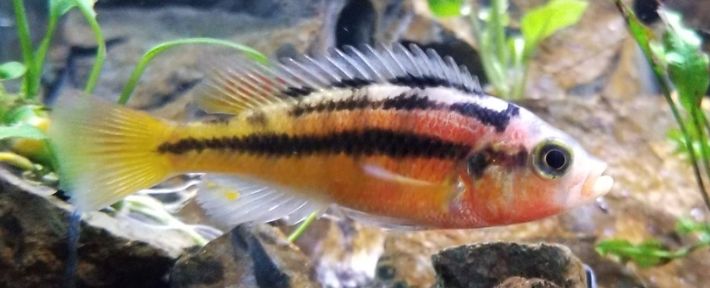
Test Equipment:
- 4 identical 40 gallon abound out aquariums
- Four Sunsun Hw304B Canister Filters (9 liter volume)
- Four 2 liter very slow menstruum canteen filters
- Four media (note 12 liters is 3.2 gallons):
- 12 liters Seachem De*Nitrate™ (same as Matrix™)
- 12 liters Biohome Ultimate™
- 12 liters plastic pot scrubbers
- 12 liters Eshopps plastic bioballs
- I CerMedia MarinePure block Bio-Filter Media 8x8x4
- 1 Biocenosis Basket (laterite and kitty litter) 8x8x4
- API nitrate test kits
- Juvenile African Cichlids
Examination Procedure:
The four 40 gallon breeder tanks were existing grow out tanks with powerhead operated nether-gravel filters. The canisters were set up with but one filter media filling each. The UV lights were not used.
In addition, a very slow catamenia 2-liter bottle filter of the same media was placed in each aquarium to create a "low flow" filtration. The dull menses filters had ane drop every five seconds delivered with DC min-pumps. This gave both medium flow and very irksome flow weather condition in the filtration media. Note that Biohome says that low flow filtration is not needed to exercise denitrification with their media.
The corporeality of media used was iii to five times the amount of media recommended by the manufacturer for a moderately stocked forty gallon aquarium to achieve denitrification. The two denitrifying media selected are both the exact grades recommended to practise anaerobic nitrate decomposition by the manufacturer (Biohome Ultimate™ and Seachem De*Nitrate™).
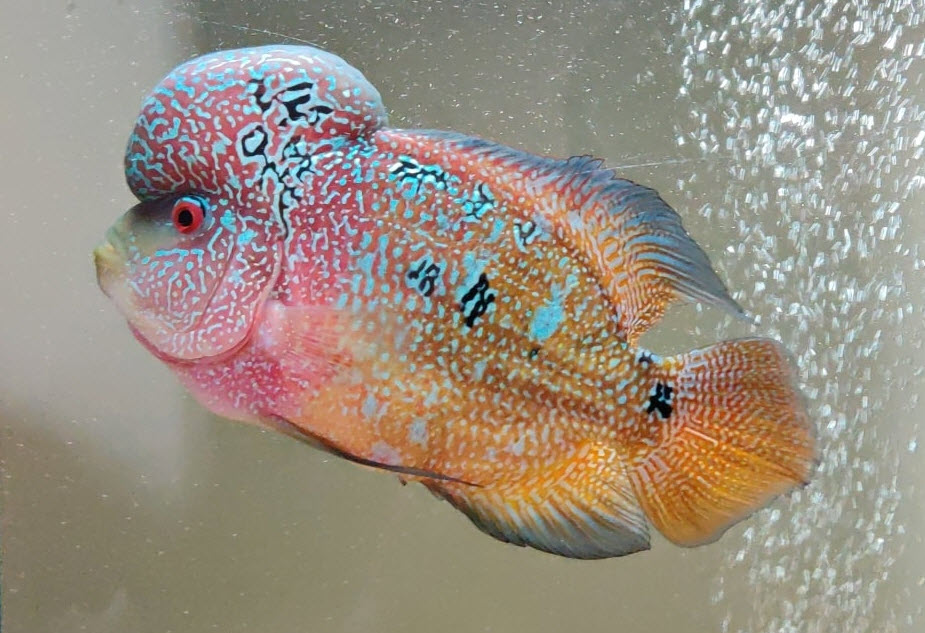
Notation that the De*Nitrate™ media appears identical to the Seachem Matrix filter media under a microscope, both of whom appear identical to a garden soil media called Growstone. Indeed, Seachem claims Matrix™ does nitrate reduction:
"Matrix™ provides both external and internal macroporous surface surface area. These macropores are ideally sized for the back up of nitrifying and denitrifying bacteria. This allows Matrix™, unlike other forms of biomedia, to remove nitrate forth with ammonia and nitrite, simultaneously and in the same filter."
Some other cloth said to practice anaerobic denitrification is CerMedia Marine Pure™ ceramic block Bio-Filter Media 8x8x4. Cermedia says of its blocks:
"MarinePure is designed to exist a substrate for bio-filtration, specifically to target ammonia and nitrite removal (nitrification) and to minimize nitrates (denitrification)".
I.east. they are claiming some denitrification with their blocks. So equally a "side examination" 1 of these blocks was added to the Matrix tank.
Some other product which supposedly reduce nitrates to nitrogen gas is a so chosen biocenosis basket. Then a biocenosis basket was added to the BioHome tank.
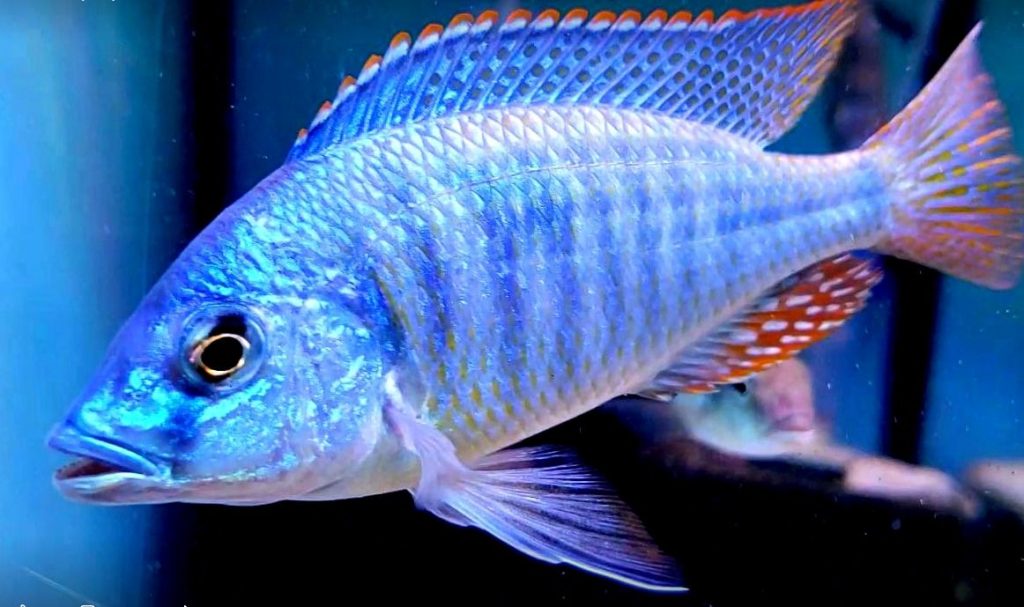
The aquariums were decidedly "over-filtered" and so the amount of "brown gunk" in the filter media never reached the point where information technology impeded the catamenia though the filter media or the flow through the gravel of the nether-gravel filter. The filter media in all eight test filters was not cleaned for the course of the experiment. The nether-gravel filters were not cleaned for the class of the experiment. So cleaning was not a variable.
Then each aquarium was stocked with equal numbers of juvenile Malawi Cichlids. The author's experience is that Republic of malaŵi cichlids are quite resistant to high levels of nitrate. The stocking in each tank was kept identical for the course of the experiment. Each of the four aquariums had EXACTLY the aforementioned amount of food added per day, being carefully weighed out on a kitchen scale. The food was a loftier protein (55%) nutrient recommended for juvenile cichlids.
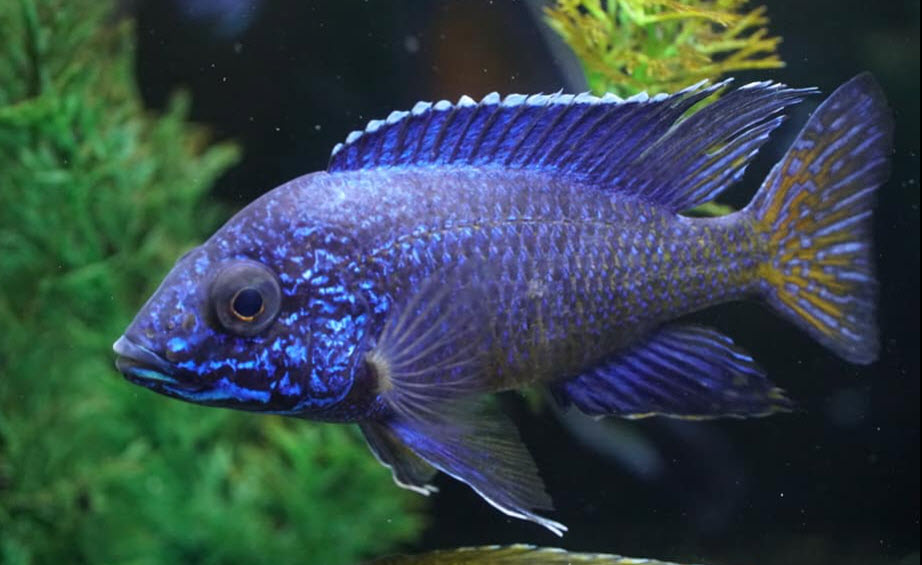
Fish were added and subtracted to the aquariums throughout the year. The number and size of fish in all the tanks was kept equal through the year.
In order to facilitate nitrate reduction the nitrate levels were deliberately kept very high, 120 to 240 ppm. College concentrations of nitrate will increment the rate of any denitrification taking place. Each twoscore gallon tank initially had 17 grams of potassium nitrate added to it. This gave each aquarium 160 ppm of nitrate to start the test.
Nitrate levels were measured every two weeks. Later the measurement of nitrate a water change was done just if the nitrate level exceeded 160 ppm. All four aquariums always had exactly the same amount of h2o changed out each water alter. Other than water changes NO maintenance was done on the tanks.
No plants were added to whatever of the tanks. This is very of import. Many "testers" of Biohome on YouTube have plants in their tanks. Plants blot nitrates and void the test. Lighting was kept to a minimum (only turned on during feeding) to insure piffling algae growth, which tin besides absorb nitrates.
All parameters in all the aquariums were kept as identical to each other as possible for the length of the study. This was in order to make the filter media the ONLY variable.

Test Method for Determining Nitrate Levels
Testing of nitrate was done at the high levels (over twoscore ppm) by using dilution techniques for greater accuracy. For instance, if the level was "dark red" on the API test, x milliliters of tank water was diluted by lxx milliliters of distilled water in a graduated cylinder and retested. The resulting level was and then multiplied by viii.
The testing of the nitrate was done past doing four tests in parallel. This was to insure accuracy within the testing. Each of the four aquariums had h2o taken out and tested simultaneously.
For instance, iv vials, each identified with their respective filter media, were filled with 5 ml. of water from the respective aquariums (or from a diluted corporeality of water from the aquarium in a graduated cylinder). Each of the 4 test samples was then run through the API nitrate test at the same time. All iv tubes were shaken vigorously in 1 hand for one minute. All four tubes and so waited the same five minutes. All four tubes are then compared to each other confronting a white background in a well lit expanse.
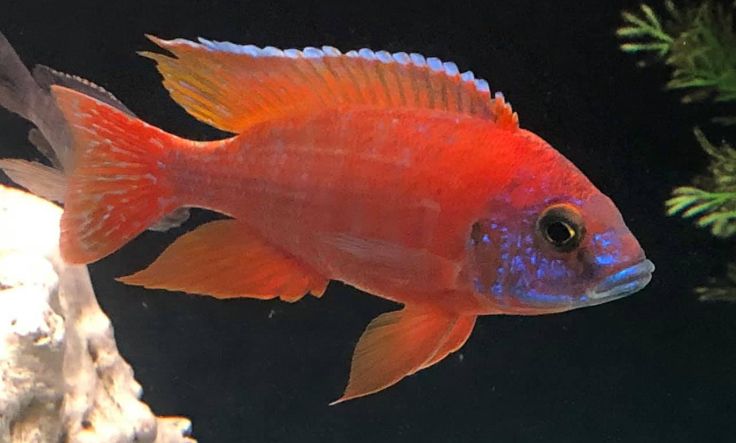
Results
Nitrate levels rose to roughly 160 in all four aquariums over the grade of ane year. Note that the 160 number is not important. Some people would meet 200 and some would see 120 every bit human optics are non spectrometers. What is important is that the iv vials had virtually identical colors at the end of the twelvemonth. Indeed they had virtually identical colors throughout the entire twelvemonth.
The levels did appear to go up and down through the year between 120 and 240 (fish levels varied throughout the year) but the color was always almost identical for all four examination aquariums.
When the four tubes were compared side past side the consistency of the color was surprising. The differences in the gold to orange to carmine hue in the 4 tubes was very slight throughout the test. A number typically could not be assigned to the difference in hue. Normally a natural process such as nitrification will give somewhat chaotic results. The results hither were very consistent and anticipated.
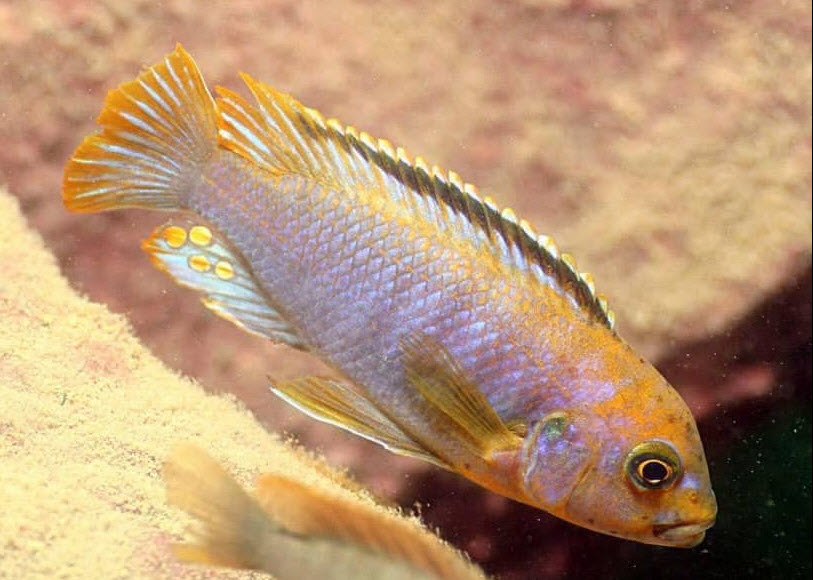
The reason this number was identical from one aquarium to the other was simple: the amount of nutrient put in to each aquarium was always exactly the same. Since the nutrient is the only source of nitrogen for the germination of nitrate, the nitrate levels aquarium to aquarium could not vary unless the nitrate was being reduced to nitrogen gas. This is the bones police force of physics called "conservation of matter".
The fish of grade tin absorb the nitrogen into their bodies as musculus. Just the number and size of the juvenile cichlids was kept the same for all the aquariums.
To examination this further vi other test kits were used to measure the nitrate at the ii month intervals. The following test kits were used:
- Pulverisation exam kits: Onthink, Salifert and Seachem
- Test strips: API 5 in i, Stript Health and Hach (Hach needs to be multiplied by iv.4)
While the test kits were all very subjective and the results exam kit to test kit were different, when all four aquariums were tested at the same time by the same kit the colors shown were almost identical in all cases. This confirms the results of the API exam kit with two other chemistries and 6 test kits.
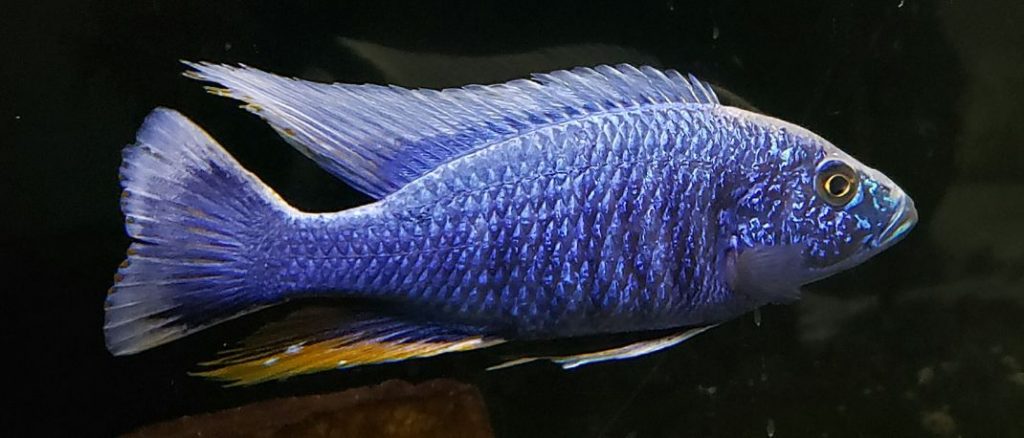
Word of Results
There are several Biohome videos on YouTube claiming huge reductions in nitrates over the course of a year. ALL these videos show aquariums which are heavily planted and lightly stocked. Given that plant growth absorbs large amounts of nitrates and plants merely go established and start actively growing after a few months this is just egregiously misleading deception.
There are many reasons for nitrate levels to vary, including removal of fish, fish growth, fish deaths, plant growth, bacterial biomass growth, algae growth and variations in feeding or water changes. So "testing" via one aquarium is non a valid examination. Adjacent comparison is the just valid manner to test any hypothesis.
This caution about the many ways to remove nitrates likewise applies to a type of aquarium chosen a "deep sand bed". All the YouTube videos on deep sand beds have very logical reasons for the nitrate reduction other than the existence of the deep sand bed. Deep sand beds exercise non and cannot do significant "denitrification". This is examined further in this link:
14.two.iv. Anaerobic Substrates
.
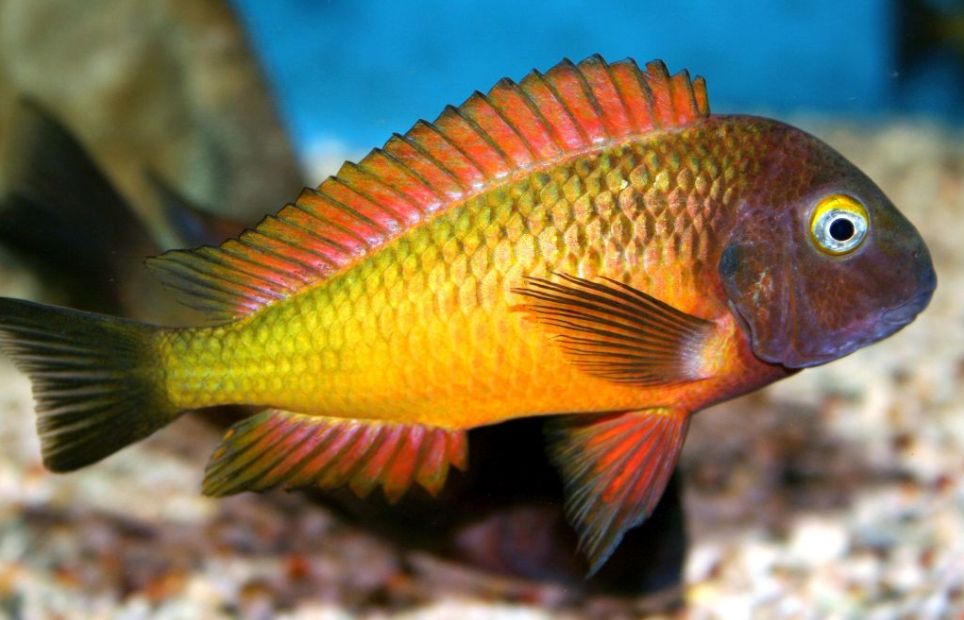
The Turn a profit Motive
"Expert recommendations" and "scientific discipline" do not go paw in paw due to the profit motive. In aquarium products a marketing section of a company can freely "faux annunciate" as much every bit they desire, information technology is perfectly legal. Marketing departments are extremely effective at writing very convincing science fiction, shooting downwardly the cheap culling and promoting the very expensive alternative. They are also very expert at making charlatan YouTube videos.
This paper was sent to the "Pondguru", a British distributor of Biohome who has a YouTube channel which seems to be the "bible" for some folks. Notation this YouTube channel got a ane% accuracy rating from the author and that was generous. The "Pondguru" YouTube videos on Biohome are two ten minute rambles about how Biohome "duplicates Nature" in the aquarium. No testing. No real science. Cipher! Pure snake oil salesmanship! And note that ALL the Pondguru videos are just pure snake oil!
The best the replies from the Pondguru and the "manufacturer" could do defending their product was to say they has many anecdotal stories from users of their products where the product worked as advertised. They did non provide ANY studies from anyone which showed their product worked. They could only say laboratories had tested their product for density, surface area and mineral content. Hardly a glowing defense.
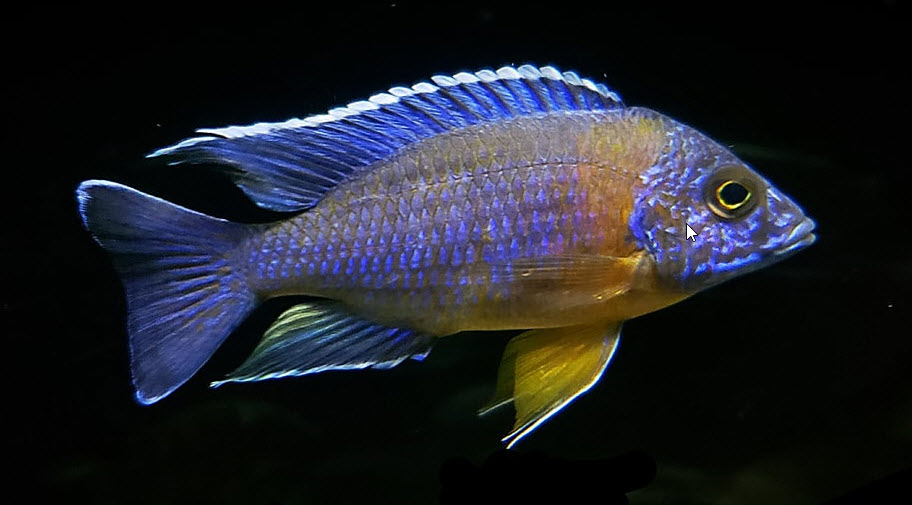
Then the Pondguru suggested the work here wasn't actually done because nosotros hadn't provided whatever photos. If anyone needs a photo of a forty gallon grow out aquarium with a Sunsun Hw304B filter underneath it message us. LOL.
The Pondguru than makes the incredulous statement that anecdotal evidence is more reliable than scientific experimentation. WOW!!! And so the experiences of a bunch of folks with planted aquariums is more real than a scientific experiment with controls. That claim but leaves us completely speechless. Note the Oxford Dictionary definition of anecdotal: "not necessarily true or reliable, considering based on personal accounts rather than facts or research"
The Seachem advice website is just as ridiculous in it'southward explanation of why De* Nitrate™ works. Proverb they don't know exactly how it works simply that anecdotal evidence from "many" users says it does do denitrification. Anecdotal testify is just completely and totally unreliable. Virtually all of these users probably accept planted tanks and have "tested" merely one tank.
Nitrates are a real problem in waste matter water handling plants. If anaerobic reduction of nitrate to nitrogen gas via ceramic media were as simple as the Pondguru suggests, waste water treatment plants would have been using the technology many years agone. No waste water treatment plant uses or has ever used ceramic media like Biohome to reduce nitrate to nitrogen gas.
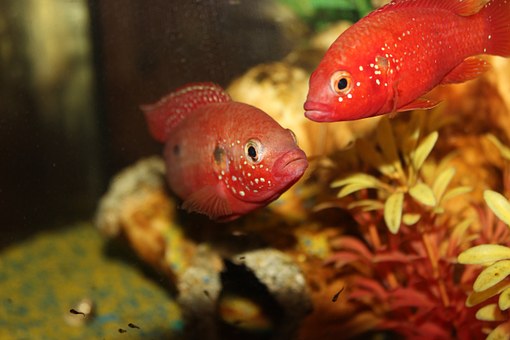
Anecdotal Evidence
Anecdotal show is just not reliable but some seem to remember it is important. And then…here's some anecdotal show:
Kaveman Aquatics YouTube channel did a test of Biohome which showed no reduction in nitrate with the Biohome. The test had no controls but was well done so I include it equally anecdotal prove.
Here are some comments made in the comments section of this website:
Ben Eadir:
" I'm moderately embarrassed to say I succumbed to the marketing blurb that "If Biohome is used the nitrate is besides processed into soluble nitrogen which completes the full nitrogen bike" and invested in Biohome media to naturally reduce Nitrates in my Cichlid tank. Needless to say I've seen no reduction in Nitrate levels which are constantly towards the tiptop terminate of the API calibration. 🙁"
Fred:
"I kept fish for virtually of my life. Of form reducing Nitrate is our ultimate goals. So, I am running 4 experiments. Let me explicate, start = 55 Gallons with cichlid, sump, running with Biohome Ultimate. Good upshot for ammonia and nitrite, just ZERO results on Nitrate. I dearest the concept, but this is a very expensive solution for ammonia and nitrite only. Second = Wood send bio-reactor (sized down) for my dark water 55 gallons. Specifically setup for Nitrate reduction = Reduced 20 to thirty % of Nitrate. But, it is for black water merely, will tint your water. Tertiary = BCB basket (cheque information technology out on YouTube), awaiting my 3 months mark for bacteria growth. Fourth = xxx gallons, 10 Gallons sump with water hyacinth. Amazing, reducing 30 to twoscore% of Nitrate reduction (can go upward to fifty% reduction)."
Some other piece of anecdotal prove, Antonio C.:
"Seems like it's all hype with Biohome. Bought this stuff because information technology is the craze right now. It'southward super expensive but I thought it would exist worth it. The concept is awesome. Nitrate reducer?! Unfortunately it tints the water a certain statuary color. I don't know about y'all but I like super clear h2o. Also it "sheds" sand and very fine dark colored particulates. The water tests aren't whatsoever amend than biomax. In fact biomax is testing better. So maybe I did something incorrect but I'm pretty familiar with aquatics at this bespeak. Nonetheless love the pond guru videos though. He is very expert. I'thou sure he is super rich past now!"
Or Miranda B.
"Don't go me started on the pondguru: he offers admittedly no scientific evidence as to why Biohome is the all-time media. I tried information technology once and institute information technology to exist no different to any other sintered glass media other than it broke upward later only a few months. He talks the talk and that's near it, at the stop of the day he'southward just trying to go you to buy his product and pretty much slates every other manufacturer whilst doing then."
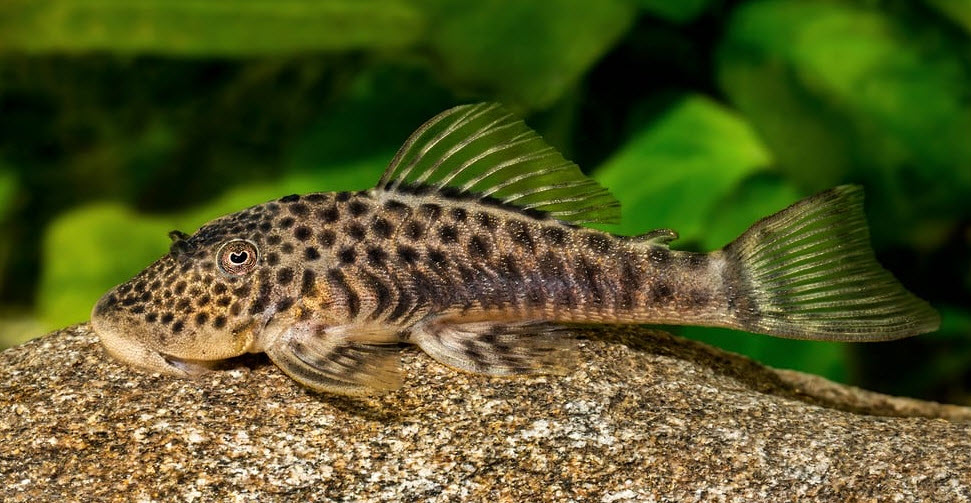
Gurvinder Parmar
"I filled a Sunsun 3000b canister with Biohome. All 4 trays and it had no filter pads. Even after a full yr of apply, I never saw whatsoever nitrate reduction in my African cichlid tank."
Susan Briggs
Simply wanted to say "Thank you" for a neat site with such wonderful unbiased information based on scientific discipline and not hype. I program on slowly switching out the Biohome media in all my canisters with foam. All of my low tech tanks are heavily planted and heavily stocked only fifty-fifty with weekly 25-30% water changes my nitrates stay between 40-60 ppm. Nifty, merely after running Biohome for 2 years, I'chiliad not seeing the low nitrates every bit promised, even with the recommended amounts of Biohome. After farther reading on your site, I'chiliad too guilty of over cleaning my canister filters. I look forrad to approaching the hobby with a fresh heart with the information that y'all accept and so kindly shared with young man hobbyist. Cheers David!
Michael Vormwald MJV Aquatics
I tried to culture anaerobic leaner (to convert nitrates into nitrogen gas) by calculation an additional tiresome menstruum filter filled with Seachem Matrix and DeNitrate (a pumice stone that promises micro pores to encourage anaerobic bacteria) and seeding with Seachem Stability. Failing with that I built a filter using a 4 liter loc 'due north loc canister filled with Matrix/DeNitrate and using a Tom Aqua-lifter dosing pump. I switched from gravel to a sand substrate, got better lighting, and switched to a heavily planted tank. However, tank nitrates continued to slowly rise plenty to require weekly water changes.
Kaveman Aquatics (Great YouTube channel)
"I ran a seven month experiment with my FX6 loaded with Biohome. I got zero reduction in my nitrate levels. Considering that Biohome is incredibly expensive one would think that it would work. Now I know there volition be a bunch of coments like "you didn't run it long enough" or you didn't have enough media" or "You had too much media". All this is just blah.. apathetic… blah.. The Biohome didn't work as advertised. Menses."
'nough said.
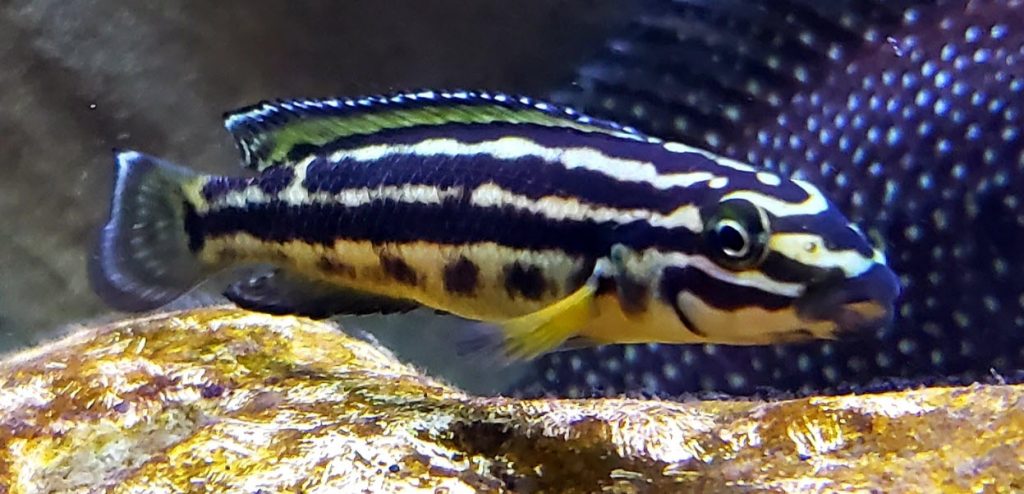
The Bodily Scientific discipline of Denitrification
There are designs of waste matter water treatment plants in Europe which do indeed reduce nitrate to nitrogen gas ("Design and Functioning of Moving Bed Biofilm Reactor Plants for Very Low Effluent Nitrogen and Phosphorus Concentrations", Rusten, 2007). These plants take established that there are several conditions which MUST exist met for a biofiltration media to do anaerobic decomposition of nitrate to nitrogen gas:
- The media would accept to have large amounts of organic compounds within the media which would remove oxygen from the h2o past producing carbon dioxide gas ("anaerobic" means "without oxygen").
- The media would take to take large amounts of simple organic carbohydrates inside the media which would human action equally what are called "electron donors" and allow the reduction of nitrate to nitrogen gas. In most sewage treatment plants they add together methanol, glycerin or ethanol to provide the uncomplicated organic carbohydrates (some plants just utilise the sewage simply it is much slower).
- The media would have to somehow move the water effectually inside the media particle so that each denitrifying bacterium could come in contact with the many nitrate molecules it will need to function and reduce the nitrate to nitrogen gas.
- The pores in the media would accept to be large enough to allow a nitrate reducing leaner to live inside it.
- The media would accept to be permeable to permit water to pass into it, be purified of nitrate and then pass back out of the media.
- The media would take to be very impermeable to further oxygen permeation from the surrounding water.
If ANY of these criteria are not met the anaerobic decomposition won't work, fifty-fifty if the five other criteria are present. No media has a single one of these requirements covered, let alone all of them. This point cannot be emphasized enough.
.
NO "denitrifying" filter media meets Whatever of these six REQUIRED criteria.
.
1 major problem here is that the last three criteria are mutually sectional. If the pores of a media are large plenty for a bacterium to live in information technology then oxygen tin permeate the media. If water can pass into the media, oxygen can also pass into information technology. The media cannot exist BOTH permeable and impermeable at the same time.
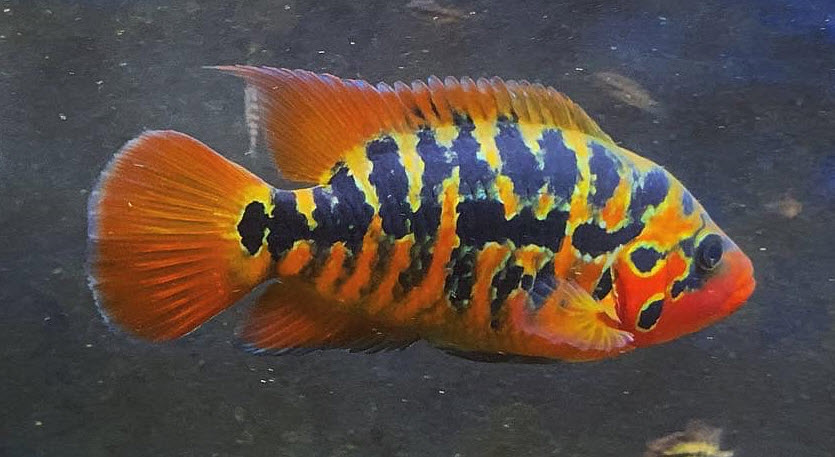
And there is no flow AT ALL inside the media. So the denitrifying bacteria cannot go the many molecules of nitrate they need to survive.
Also ALL the water flow is effectually the media, not through the media. And so in that location is no style for the nitrate molecules to become into the media and be reduced.
And no ceramic media has ANY organic material within information technology. So no ceramic media has internal organic compounds to reduce the oxygen levels. So anaerobic conditions cannot exist inside the media. Conditions must be anaerobic for denitrifying bacteria to work.
And there is no internal electron donor organic compounds. Without a suitable electron donor the denitrifying reactions cannot have identify.
The media claiming anaerobic decomposition of nitrates categorically cannot practise whatever anaerobic decomposition of nitrate to nitrogen gas. It simply tin can't happen for no less than six separate, well established scientific reasons, any one of which would prevent denitrification. Merely the profit margin on the products is huge so the claims volition continue coming.
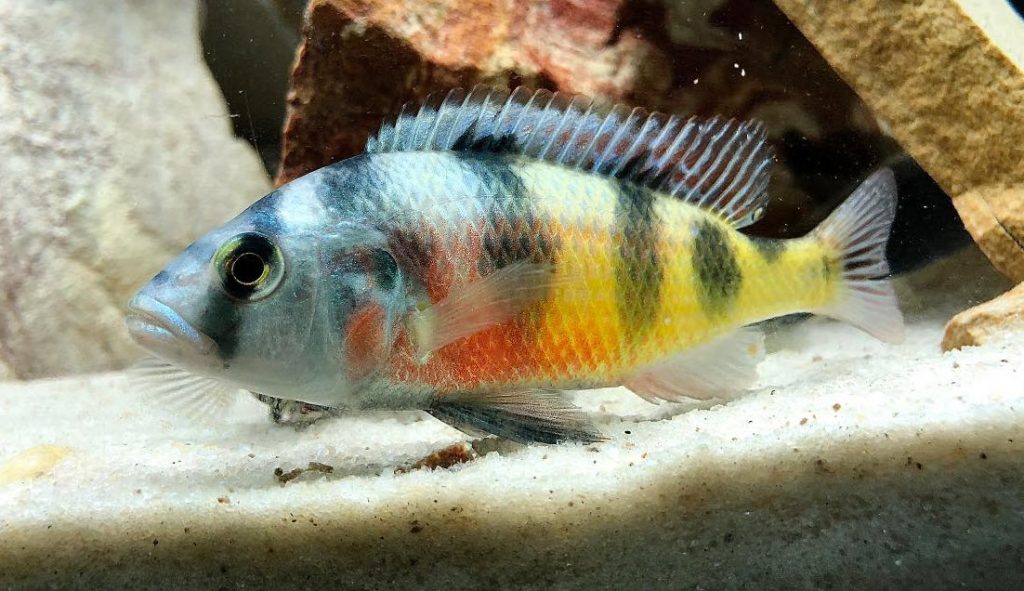
Lava Rock Does NOT Remove Nitrate
In that location are websites (aquaessentials.co.united kingdom of great britain and northern ireland and Aquariumfish.net) which claim the following about lava rock in an aquarium:
"You only have to inspect the rock and you can see information technology is covered in tiny holes making it extremely porous allowing water to pass through and diffuse into the rock. And so what does The Hidden Benefits of Lava Rock actually mean? An anaerobic surroundings is created within the rock as benign nitrifying leaner consume all the oxygen in the h2o. Inside this anaerobic surround inside the rock, denitrifying bacteria consume the nitrate and produce oxygen and nitrogen. Nosotros all know how nitrate in the aquarium is bad news for fish and shrimp so lava stone really is the near natural and best way of removing nitrate."
I tin can't carbohydrate coat it. This statement is pure and simple hogwash. Note that the term "lava rock" in this quote is linked to website that sells lava rock. Click on the link, buy some lava rock and the website gets a commission. Don't you lot just love the profit motive?
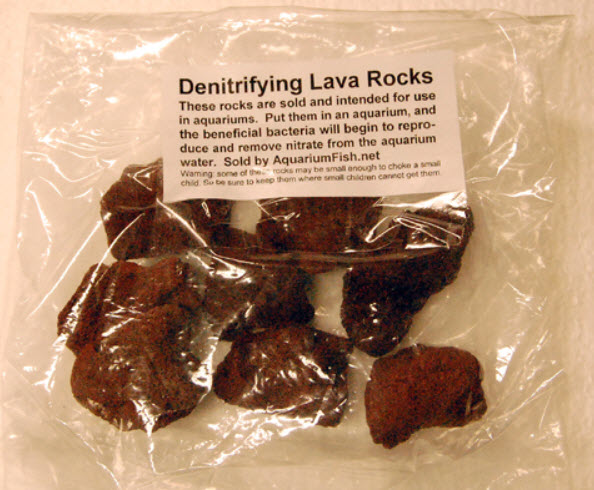
Over again, let me emphasize, lava rock categorically does absolutely NO removal of nitrates to nitrogen gas. It is completely and totally impossible. If you believe that lava rock can remove nitrates delight contact me. I accept a pill that will add 20 points to your IQ, brand y'all very attractive to the opposite sex, and take xx years off your age. Information technology is just $998. Oh, and ignore the messages B-A-Y-Due east-R on the pills.
Other Claims
Notation at that place are a large number of aquarium filter media which claim to practice anoxic denitrification, such equally Siporax.
"The structure of Sera Siporax® is open up-pored and iii dimensional. This structure allows the formation of very constructive biofilms that abound into the pores and walls. The biofilm also breaks down nitrate (denitrification) deep within the pore structure where oxygen levels are lower. Not merely nitrifying and denitrifying microorganisms grow in the biofilm but also those that break down organic matter. Therefore, the pores do non clog. The biofilm grows and shrinks according to the bioload and thus adapts to the requirements. Sera Siporax® Professional filter fabric cleans itself biologically."
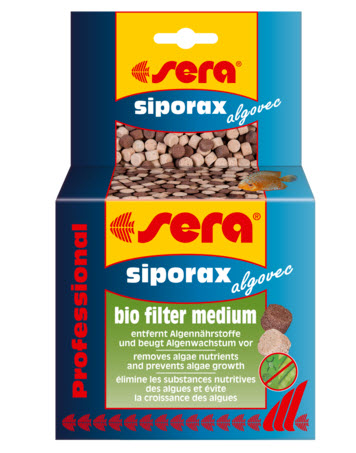
Siporax has a university study which supposedly "supports" their claims. The study is quoted over and over once more to "back up" the "fact" that media practise simultaneous nitrification and denitrification. The study is "Simultaneous Nitrification and Denitrification Using Siporax Packing". Menoud et. al., Section of Chemical Engineering, University of Sydney, NSW, Australia, 2006.
"ABSTRACT
In this paper we examine a biofilm process for simultaneous removal of ammonia and NOx (nitrite and nitrate). Siporax a porous Raschig-ring type filter specifically designed and manufactured for fast colonization by micro-organisms. was used to demonstrate the feasibility of simultaneous nitrification (usually an aerobic process) and denitrification (usually an anaerobic or anoxic process) inside a unmarried reactor. Clear prove was found that denitrification occurred within the internal pore structure of Siporax rather than in an anoxic zone near the outlet of the reactor. The reactor was operated continuously and maximum nitrification and denitrification capacities of 0.61 and 0.83 k North/(I.day) respectively were observed in this study."
This study appears to use some very clever word smithing to lead one to conclude Siporax does anaerobic decomposition of nitrate to nitrogen gas without actually ever making that claim. This study put a "feed" of glucose, ammonia and nitrate into a cavalcade of Siporax and measured the nitrogen that came out of the column. They constitute less nitrogen in the effluent than was in the feed and "ended" "denitrification" was taking place. Note they appear to take very carefully crafted their words to say "denitrification" but to NOT say "denitrification to nitrogen gas".
They seem to be very careful almost alluding to anaerobic denitrification but never claiming anaerobic denitrification. They say: "denitrification (usually an anaerobic or anoxic process)". Interesting! More very careful word crafting.
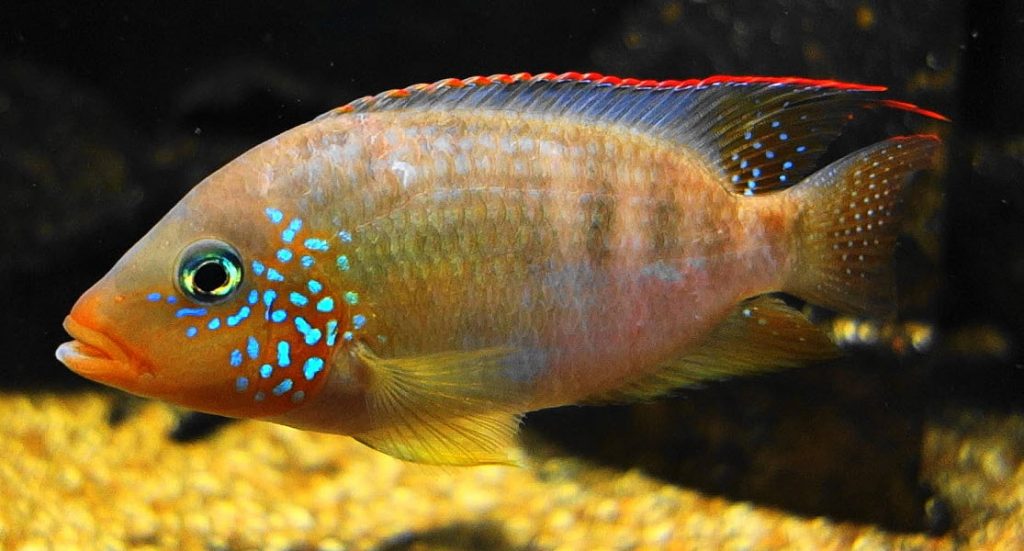
This study feeds more glucose (i.e. carbon) in than nitrogen by feeding sugar into the system. It is a well established fact that a high carbon to nitrogen ratio will result in high amounts of aerobic "assimilatory denitrification" where the brown "gunk" absorbs the nitrate into proteins in its construction. This written report simply cleaned the brownish gunk off when it chock-full upwards the Siporax.
"In both columns, clogging occurred after a period of twoscore-45 days. In the second set of experiments, the cavalcade was washed out. Two litres of water, introduced from the outlet of the reactor, were institute necessary to unclog the 0.iv litre reactor. Subsequently washing, the column was plant to return to its previous performance level within six days."
They didn't measure how much nitrogen was tied up in the brown gunk they cleaned off. HHHmmmmmmm This was the merely study I plant out of hundreds of diverse aquarium studies that used sugar with ammonia as a feed for a filter. Ane has to inquire, did the authors of the study know but how much saccharide to add together to create the optimum assimilatory denitrification?
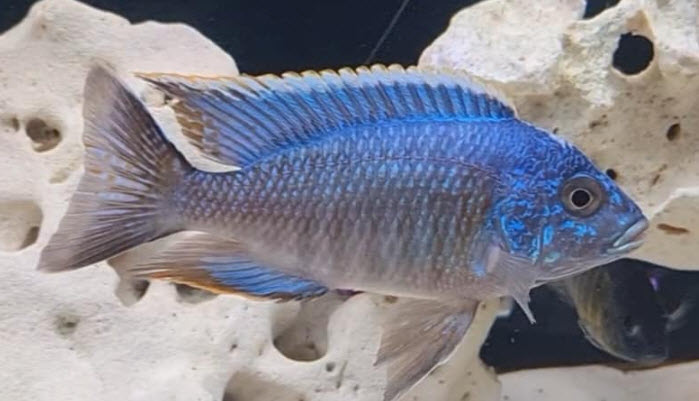
Now technically this report never makes any claim which is false. That is because technically the study never claims the "denitrification" seen in their written report was a reduction of nitrogen compounds to nitrogen gas or even that the denitrification was anaerobic. The words in the study appear to take been very carefully word crafted. The basic claim in this study was:
"Overall, this written report demonstrates the feasibility of simultaneous nitrification and denitrification with Siporax. It was conspicuously demonstrated that denitrification occurred inside the pores of the Siporax rings".
"Denitrification" did occur within the rings. The denitrification was Not anaerobic denitrification to nitrogen gas and was instead aerobic assimilatory denitrification to proteins in the floc. Just all the folks on social media quoting this report assume this study is about denitrification to nitrogen gas. And the study seems to be designed to lead one to that conclusion without really making that conclusion. Interesting!
Equally as scientist I take to exist honest. This written report and studies like it I detect very disturbing. This "study" would seem to be deliberately designed to lead one to a wrong conclusion. For University researchers to do this is highly unethical.
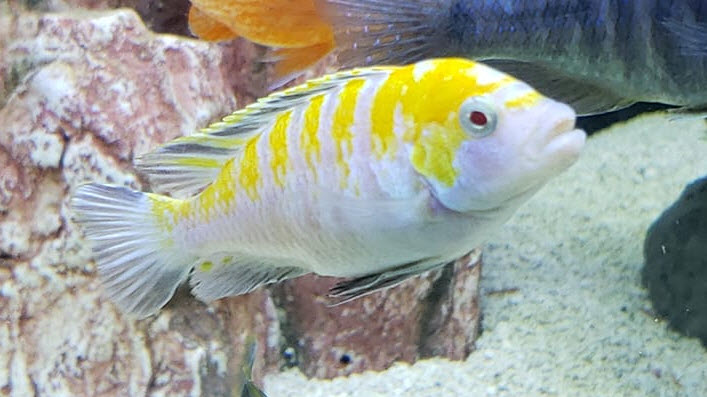
There are several other studies which come to similar conclusions (Koch and Siegrist [1997], Pochana and Keller [1997], Semon et al. [1997]). All these studies prove assimilatory denitrification, not anaerobic denitrification to nitrogen gas.
We did a series of studies on anaerobic decomposition similar to this report. We very carefully retained all the brownish floc and digested the brown floc for three months using heavy aeration. At the end of the digestion all the nitrogen added to the system was accounted for. No nitrogen had been removed as nitrogen gas. For more on this test go to this link:
xiv.ii.four. Anaerobic Myth
We can't test all of these media and these claims but they are all scams and categorically do not do any denitrification. They also ALL do very poor ammonia oxidation and water description.

Removing Nitrates with Assimilatory Denitrification
At present this "assimilatory denitrification" can be used to remove nitrate from the water. 1 such set up would be an aquarium with three large powerhead operated sponge filters and iii layers of xx ppi foam in a big canister filter or three layers of foam in a sump. This aquarium is set upwardly with fish and run for two months. Every day add together nutrient and a sugar such as sugar daily at about one third to i one-half the level of the food added daily.
Then, at two months of operation, ONE of the filters is thoroughly cleaned of the nitrogen filled brown gunk in the sponge. At three months a 2d sponge is cleaned. And at iv months a 3rd sponge is cleaned. The process is then repeated. This means a sponge will operate for three months betwixt cleaning.
This will Only piece of work with a very big amount of sponge per gram of fish. If at that place is not a large corporeality of sponge the water will become filled with bacteria and very toxic for the fish. I do non recommend this for denitrification. The process is far more dangerous than the nitrate is. But if one is interested more about this can be found at the following link:
8.9.three. Assimilatory Denitrification
Note that in that location a huge number of people who come on social media with statements similar "Biohome dropped my nitrates by sixty%". If this person is queried, ane will always find that they had a lot of assimilatory denitrification past any one of several mechanisms, included just cleaning their filter media.

Other Studies
We have run across a whole host of studies of biofilms which have identified species of denitrifying leaner in many biofilms in the aquarium and elsewhere. Many on social media quote these studies as proof that anaerobic denitrification takes place in aerobic weather. This conclusion is in error.
Denitrifying bacteria are "facultative anaerobes". The term "facultative" ways these organisms can grow EITHER under aerobic of anaerobic conditions. They are NOT "obligative anaerobes". They grow Better when oxygen is present as heterotrophic organisms, feeding off of "normal" food in the water column and multiplying. When they exercise this they do NOT do ANY denitrification. So of course they are plant in all biofilms.
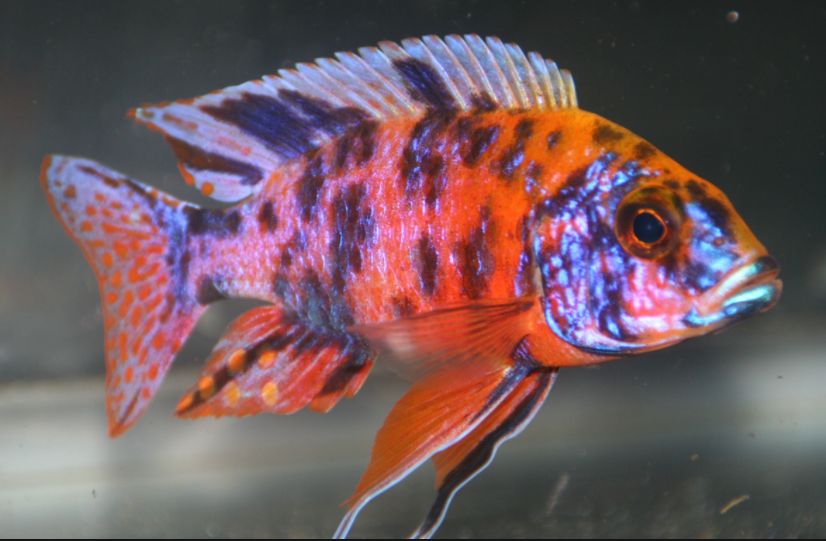
Conventionalities Perseverance Event
At present all this experimentation and discussion will fall on many deaf ears. When people take invested a lot of money in a product they tend to exist very firm in their belief that the product is working and working well. This reluctance to have the facts and the science is chosen "belief perseverance issue" and is something that is pointless to fight.
.
"Cipher dies harder than a prevarication that people desire to believe" Calvin
.
To illustrate this conventionalities perseverance outcome, one popular YouTube maker did a slice on Biohome. When nosotros commented with the results of this examination he said in one annotate that he believed the anecdotal evidence over the experimental show. So he went on in another comment to say the experimental testify given hither wasn't peer reviewed and independently verified so it was invalid.
And then he's willing to believe the anecdotal "testimonials" of people using one tank filled with plants, but he won't believe a controlled experiment without plants and with controls? WOW! Now that is belief perseverance at its ultimate. Notation the Oxford Dictionary definition of anecdotal: "not necessarily true or reliable, considering based on personal accounts rather than facts or research"
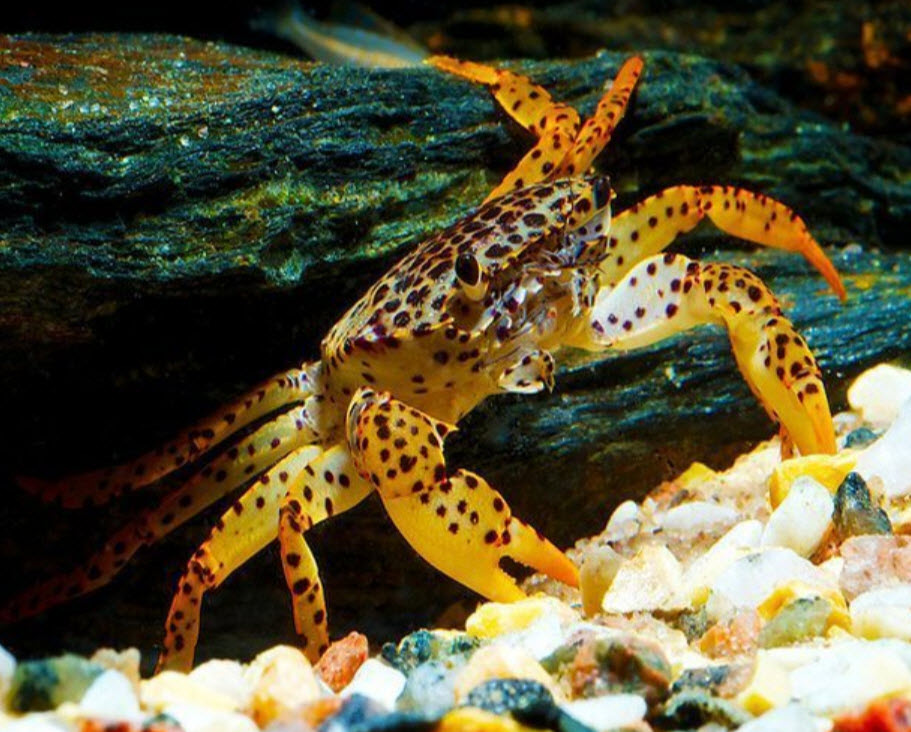
Then this same video maker went on to say that in a lightly stocked tank with Biohome as the filter media they had reduced their nitrates. Indeed "at the weekly h2o change nitrates had consistently been running 20 ppm, then Biohome worked". This is a direct quote! LOL. They were doing weekly water changes, so of course the nitrates were depression. It had nothing to do with the Biohome. Duh!
Subsequent videos by this YouTube video maker fabricated it rather obvious information technology was not "conventionalities perseverance event" that was the motivation. Rather information technology was probably the expert old "I've been paid xx thousands of dollars to endorse this product so that's my story and I'm sticking to it" image. Which is fine, we all take to brand a living. Subsequent to the substitution in social media the YouTube video maker created a channel where he was selling Biohome. LOL
Fake Facebook Accounts
There are too fake Facebook accounts prepare past some manufacturers. These accounts mail service false "does XXXX denitrifying media work?" posts followed by many glowing testimonials that "yeah, it reduced my nitrates by fourscore%!". LOL. They also vociferously attack anyone telling the truth about these products. This is unfortunate but is just function of the new "profit-driven" internet.
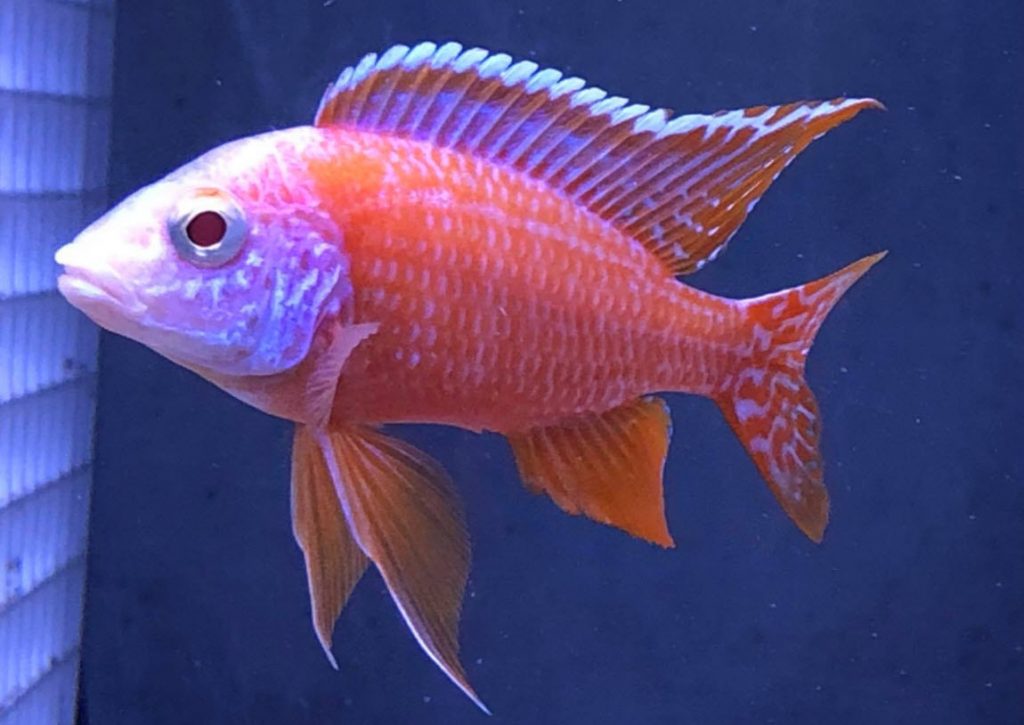
Easiest Way to Reduce Nitrates
The simplest and cheapest method of removing nitrates is simply good old water changes. If one lives in an area where water is very limited, and one can't do lots of water changes, the all-time alternative for removing nitrates is aquaponics. This tin can clean huge amounts of water of nitrates in a multitude of low-tech designs. It is of import to realize that aquaponics requires huge amounts of establish for small amounts of fish. if interested this topic is explored in depth in this link:
6.6. Aquaponics
Heavy planting with light fish stocking volition keep downwards nitrates. Plants are Non constructive with heavy stocking.
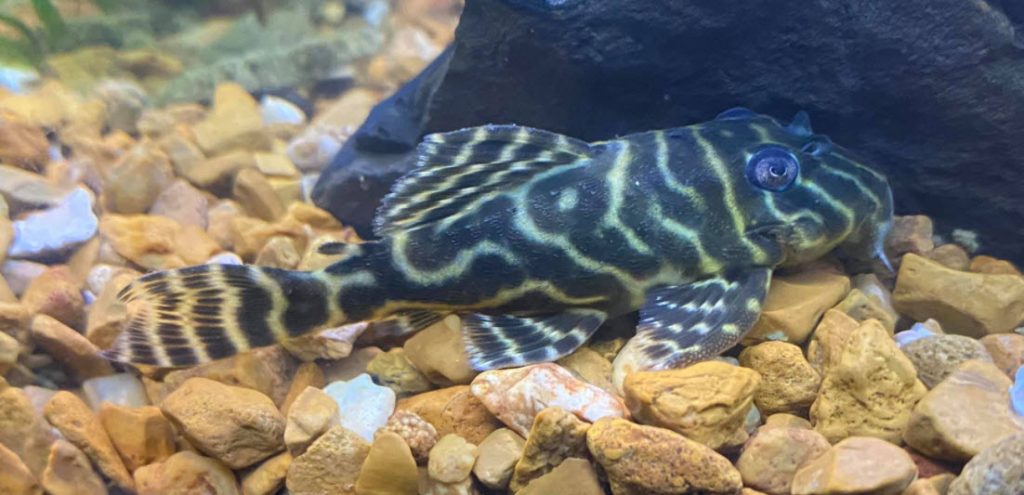
Nitrate isn't That Toxic
Also nitrate is simply not very toxic to Adult fish. António et. al. 2017 found no long-term furnishings from a level of 440 ppm. Monsees et. al. 2016 found the lower long-term harm level for adult cichlids to be two,220 ppm. Scientific discipline Direct and Semantics Scholar have several papers bachelor, all of which say a level of 440 ppm does no long-term damage to adult fish. A recent written report exposed young salmon to 440 ppm nitrate for 8 months and they grew only as well every bit salmon kept at 1/tenth that level.
Adults of higher order animals like fish (and humans) have evolved metabolic pathways which neutralize nitrate quite efficiently. Camargo et. al. 2004 constitute that crustaceans (shrimp and crayfish), amphibians (axolotl) and fish eggs and larvae are much more sensitive to nitrate and should take h2o with less than 44 ppm nitrate. Note that a scientist's one mg/L NO3-N translates to a hobbyist'due south 4.4 ppm NO3, thus the 44 and 440 figures.
For more than on the topic of anaerobic denitrification click on the following links:
14.ii.4. Anaerobic Substrate
8.9. Anaerobic Reactors
.
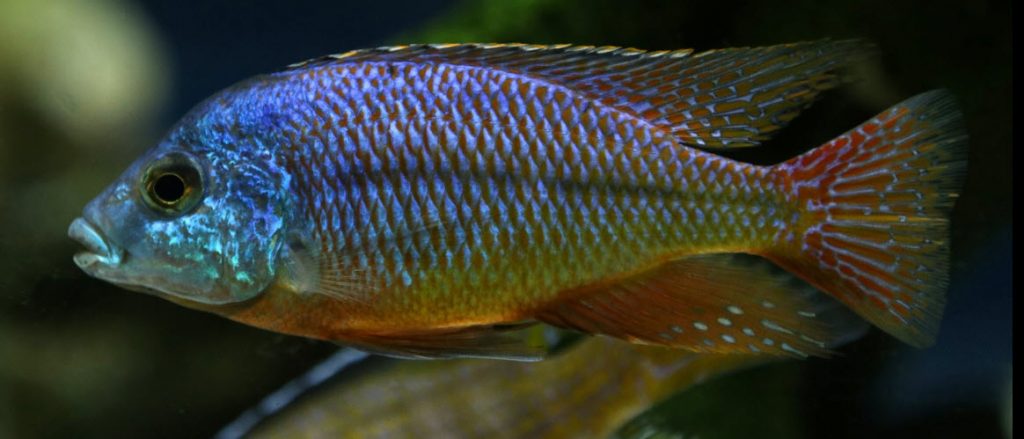
Aerobic Functioning of Biohome and Matrix
Notation that the power of Biohome and Matrix media to practise aerobic oxidation of ammonia to nitrate was tested in another test. These two media did not exercise very well. More data on this tin can exist found in these links:
seven.1.3. Test of Aerobic Filter Media
7.2.11. Ceramic Media like Biohome
vii.2.12. Matrix
.
Return to Filter Media Menu
.
Aquarium Science Website
The capacity shown below or on the right side in maroon lead to shut to 400 articles on all aspects of keeping a freshwater aquarium. These articles have NO links to turn a profit making sites and are thus unbiased in their recommendations, unlike all the for-profit sites y'all volition discover with Google. Bookmark and browse!
.
Source: https://aquariumscience.org/index.php/7-5-denitrifying-media/
0 Response to "Can Biohome Ultimate Make Nitrates Read 0"
Post a Comment